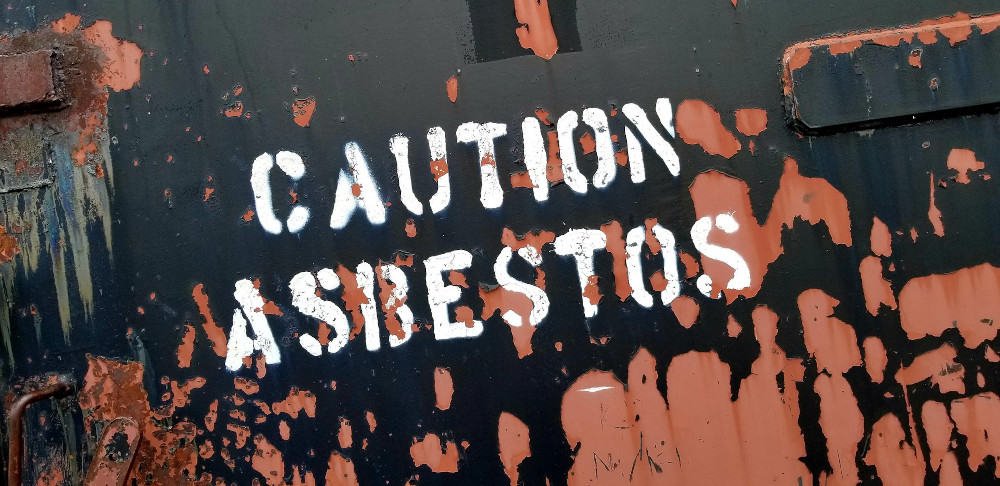Asbestos in the Home: What You Need to Know
Asbestos can be present in many different ways when it comes to residential or commercial properties.
For example, there may be materials installed within a building that contains asbestos, or the building may have been constructed with materials that contain asbestos.
Asbestos is a highly toxic mineral frequently used in building construction materials until the 1980s. Most home buyers worry about asbestos as a potential health hazard to themselves and their families.
What Is Asbestos?
Asbestos is a naturally occurring mineral used for thousands of years. The most common forms of asbestos are chrysotile, amosite, crocidolite, and tremolite.
It has been mined from the earth and used to make building materials and other products such as pipes, roofing shingles, floor tiles, and insulation.
However, it would be best to research before renovations or home repairs to know what precautions must be taken during the project.

Is Asbestos Dangerous In Your House?
The short answer is, yes, asbestos is a dangerous material. If you have an old house with asbestos-containing materials (ACM), you should be concerned about your and your family’s health.
Asbestos was used in construction until the late 1970s when most countries banned it.
The main concern with asbestos is that it can cause lung cancer or mesothelioma, a rare but deadly cancer of the lining of the lungs, abdominal organs, and other tissues. The effects of asbestos inhalation include:
- Chest pain and chest tightness
- Fever, chills, fatigue, and an ache in your muscles.
- Skin rashes, blisters, itching
- Feeling short of breath or lightheaded when exerting yourself.
- Shortness of breath due to damage to airways caused by daily exposure to airborne particles containing tiny fibers through inhalation or ingestion
The EPA says that if you have any concerns about asbestos in your home, it’s best to have an expert come out and look at it.
They can tell you if there are any hidden problems with your property and help you decide on a course of action that’s best for you and your family’s safety.
How Can I Get Rid Of or Prevent Asbestos In My Home?
If you have been identified as asbestos and are living in an area with known asbestos, you can take steps to protect yourself and your family.
First, you should know that there are many types of asbestos, each of which presents unique health risks. The most common type is chrysotile, found in natural stone and cement products, insulation, brake pads, and gaskets.
Second, consult a professional specializing in asbestos removal if you suspect that asbestos may be present in your home or work environment. A licensed expert will determine the best course of action for your situation based on what types of materials are present at the location where asbestos was found.
Third, if you do find asbestos in your home or workplace and decide to have it removed by a licensed professional, don’t try to remove it yourself. This could lead to more exposure than necessary because you could inadvertently inhale fibers into your lungs or skin.
Sum Up
Asbestos has been a popular building material in the past, but the material is now considered a dangerous carcinogen. This makes it harder to get rid of the substance if it’s present in your home.